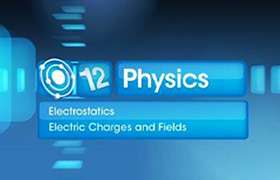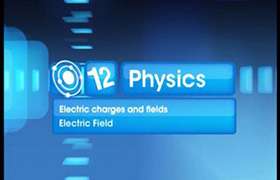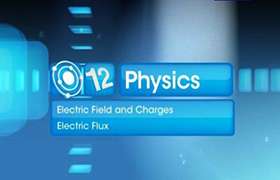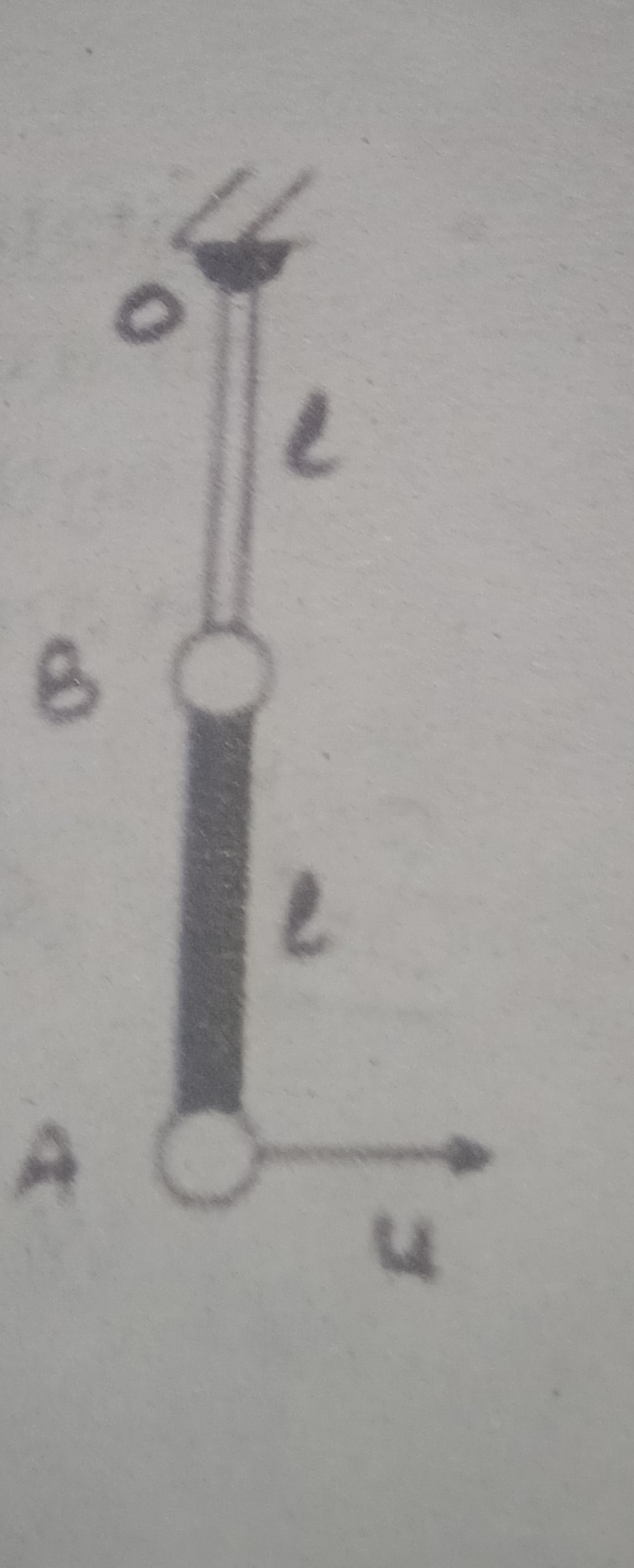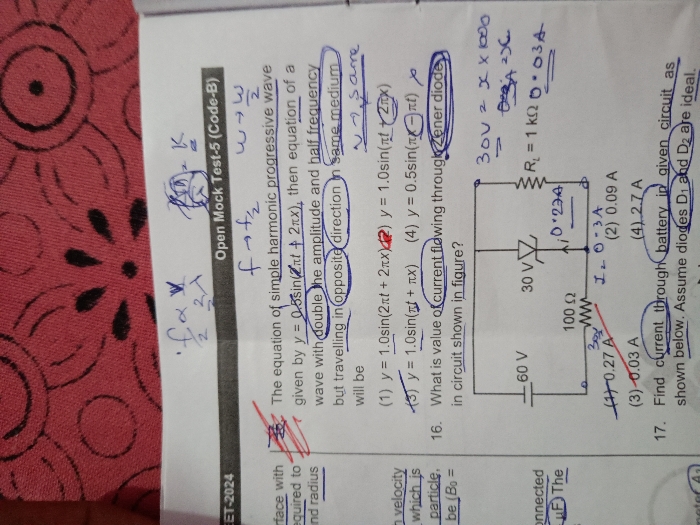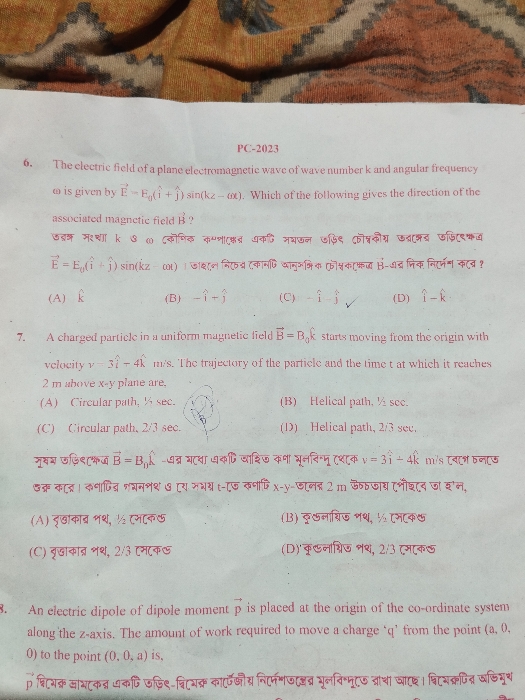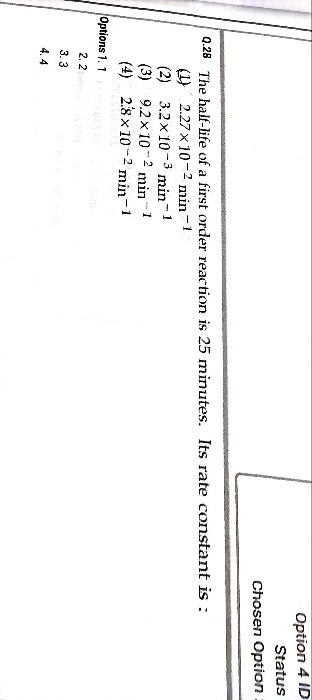CBSE Class 12-science Answered
Difference between the properties with detailed explanation , derivation , figure and table for each like POTENTIAL DIFFERENCE between the plates of the parallel plate capacitor, ELECTRIC ENERGY stored between the plates of the parallel plate capacitor, CAPACITANCE of the capacitor , ELECTRIC FIELD between the plates of the parallel plate capacitor and CHARGE on the plates of the capacitor. in case of a DIELECTRIC of DIELECTRIC CONSTANT 'K' is introduced between the plates of a parallel plates capacitor and [i] battery remains CONNECTED across the CAPACITOR [ii] battery remains DISCONNECTED across the CAPACITOR .
Asked by pardeepkumar2281 | 18 May, 2018, 09:26: PM
All the derivations you have asked in the questions are given in your NCERT Physics Text Book for class XII, Part-I ,
Chapter Two (Electrostatic Potential and Capacitance). To answer all the derivations you have asked simply I have to reproduce
the text book material. Instead, we request you to read the above mentioned chapters of your text book .
I will answer the part (1) battery remains connected across capacitor (2) battery remains disconnected across capacitor.
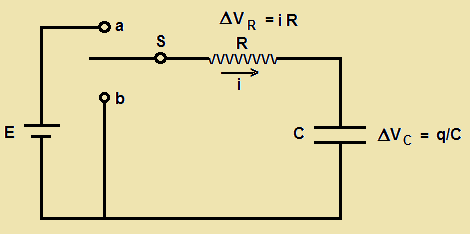
Figure shows the circuit to analyse the case of battery reamins connected/disconnected across capacitor. Let us assume we throw the switch to position a, so that the capacitor is getting charged. In time dt a charge dq = i×dt moves through any cross section of the circuit and is deposited on the positive plate of capacitor. The work E×dq done by the source of emf must equal the energy dissipated across Resistos i2Rdt and increase of energy dU in the capacitor. Energy U stored in the capacitor of capacitance C after charging of q Coulomb is given by U = q2/(2C).
Using conservation of energy we write, Edq = i2Rdt +d(q2 /(2C) ) = i2Rdt +(q/C)dq ................(1)
dividing (1) by dt, we get E(dq/dt) = i2R +(q/C) (dq/dt) ............................(2)
after substituting dq/dt = i in eqn.(2) and cancelling out common terms we get E = iR+(q/C) ................(3)
again substitte i = dq/dt in (3) , we get E = R(dq/dt) +(q/C) ..................(4)
we can rewrite eqn.(4) as

By integerating eqn.(5) with the initial condition q=0 at t=0, we get

differentiating again (6) with respect to time t, we get

Eqn.(6) gives the charge on the capacitor as a function of time. Eqn.(7) gives the current in the circuit as a function of time. The quantity RC in eqn.(6) and (7) has the dimension of time and is called as capacitive time constant τc of the circuit. ( τc = RC ) .
When the switch S in figure is closed on position b, the capacitor discharges through the resistor. Now there is no EMF in the circuit and Eqn(3) becomes
iR + (q/C) = 0 ................................(8)
eqn.(8) can be rewritten with the substitution i = dq/dt as R(dq/dt) + (q/C) = 0 .................(9)
eqn.(9) can be rearranged as dq/q = -dt/(RC) .............(10)
By integrating eqn.(10) with the initial condition charge at t=0 is q0 = E×C , we get

Differentiating eqn.(11) , we get

Eqn.(11) is charge on capacitor while discharging through the resistance as a function of time.
Eqn.(12) is the discharging current in the circuit as a function of time.
Answered by Thiyagarajan K | 21 May, 2018, 02:01: PM
Concept Videos
CBSE 12-science - Physics
Asked by artabandhusahu85 | 24 Apr, 2024, 12:07: PM
CBSE 12-science - Physics
Asked by niharvijayvargiya5 | 23 Apr, 2024, 06:40: PM
CBSE 12-science - Physics
Asked by kulhariabhijeet | 21 Apr, 2024, 02:39: PM
CBSE 12-science - Physics
Asked by mohapatraswetalina88 | 21 Apr, 2024, 12:18: PM
CBSE 12-science - Physics
Asked by aishaisha091098 | 19 Apr, 2024, 04:54: PM
CBSE 12-science - Physics
Asked by dasrituparna1999 | 13 Apr, 2024, 06:56: AM
CBSE 12-science - Physics
Asked by dasrituparna1999 | 12 Apr, 2024, 09:26: PM
CBSE 12-science - Physics
Asked by mishrigupta19319 | 08 Apr, 2024, 06:28: PM
CBSE 12-science - Physics
Asked by madhav9119887644 | 07 Apr, 2024, 08:10: PM

